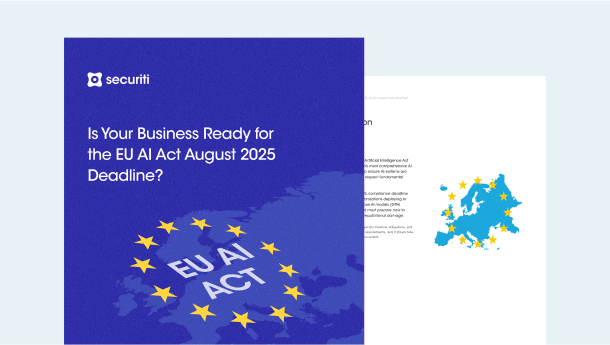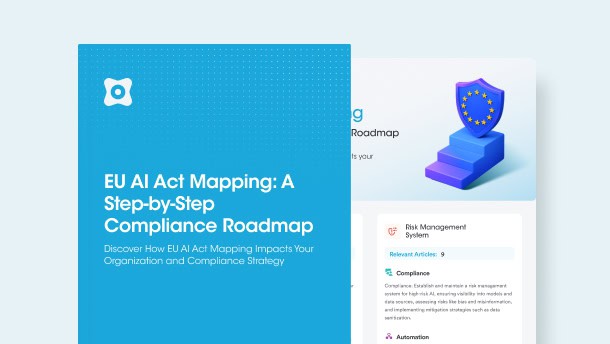Cleaning up data
An important part of GDPR compliance is ensuring that if your organization no longer requires any category of stored data for the purposes it was collected, then the organization needs to make sure that it is deleted as appropriate. Data classification can help you locate the data not currently in need or use and delete it. Data classification can help you determine what is contained within certain files, which can help you decide whether or not you need them. Having a record of what you delete and why is also a good idea. GDPR renders accountability a crucial step of compliance and requires the data owner to be aware of all the stored data and whether it should be maintained or deleted, along with the accompanying justification.
Data Classification Plan
To implement proper data classification, organizations need to have a proper plan in place. There is no single plan that every organization can adopt, but there are some key steps that every plan should have.
Step 1 – Discover Existing Data Categories
Organizations need to classify their backlog of data by discovering and categorizing it. Although it can be done manually, this process should be done through a data discovery tool to remove any chances of error and make the process more efficient.
Step 2 – Assess the Results and Assign Sensitivity Levels
Once the data has been discovered, the next step is to assign sensitivity levels to each category of personal data, taking into account the consequences of any potential breach, and analyze whether the stored data has sufficient security controls as per their nature. GDPR requires organizations to implement appropriate technical and organizational security measures to protect any personal data processed by them. Discovering data can also help identify the individuals with access to the files and revamp access controls if necessary. Allowing excessive access to data can pose a security threat.
Step 3 – Be Proactive and Continuous
Data classification is not a one-time process but an ongoing initiative requiring constant monitoring. The nature and amount of data an organization processes constantly changes, necessitating corresponding adjustments in the classification schema. To make this process facilitative, it is advised to use an automated tool to undergo scheduled and routine tasks.
Step 4 – Compliance Measures
Following classification, it is important to ensure that an organization complies with all its GDPR obligations per the categories of data they are processing. They should tailor data protection measures according to data sensitivity and risks, including encryption and access controls. Further, they should set appropriate data retention periods and maintain accurate records of processing activities (RoPAs). Organizations must conduct Data Protection Impact Assessments (DPIAs) for high-risk processing operations to proactively identify and mitigate potential data-related risks.
Data classification is one of the most important steps toward ensuring that the sensitive data within your organization is secure. This can help your organization comply with privacy regulations such as the GDPR.
How can Securiti Help
An integral aspect of GDPR compliance is adequate knowledge and understanding of the categories of personal data collected and processed by an organization. This is the foundation of all further compliance initiatives. Thus, organizations need a dynamic, refreshable, and scalable solution that results in fewer false positives, works with structured and unstructured data stores, handles sensitive information securely, and is applicable for SaaS apps or IaaS data stores.
Securiti's Exact Data Match (EDM) Classification solution is designed to detect and secure customers' most sensitive content, particularly data such as MRN, bank account numbers, or SSNs, with zero false positives. The sensitive data used in exact data indexing can be periodically refreshed for any incremental changes.
The solution provides the ability to define the templates for Exact Match lookup data, refresh sensitive content used for Exact Match Indexing, and create Exact Data Match classification profiles, which can be applied across our 150+ datastores.
To learn more about how you can classify data with the help of EDM. Request a demo!










































